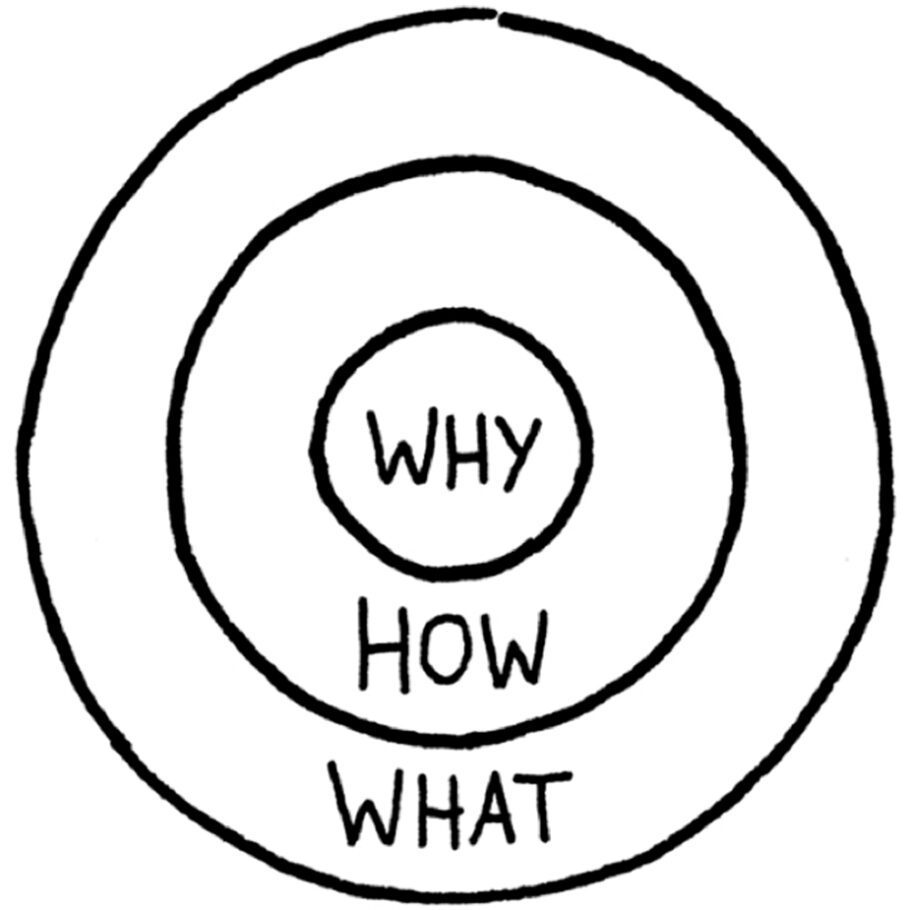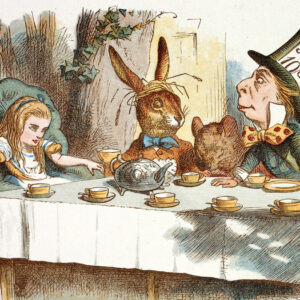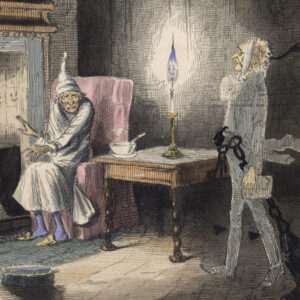Are you sitting Comfortably?
Before we dive into the wonderful world of opportunity that is B2B storytelling, let’s address why this topic needs our full attention.
The reason is simple, really; the B2B buying journey is changing. Businesses need to urgently adapt their marketing strategies to mirror the needs of the modern B2B buyer to ensure they cut through the noise and remain competitive in an overcrowded market. Storytelling, when harnessed properly, can be an effective tool in meeting this challenge head on.
To deliver impactful stories, B2B companies must understand their audiences, be able to navigate a multichannel and rapidly evolving marketing landscape and, crucially, articulate their own brand purpose and value proposition with consistency and authenticity – without which their communications will likely fall flat and be rendered meaningless.











